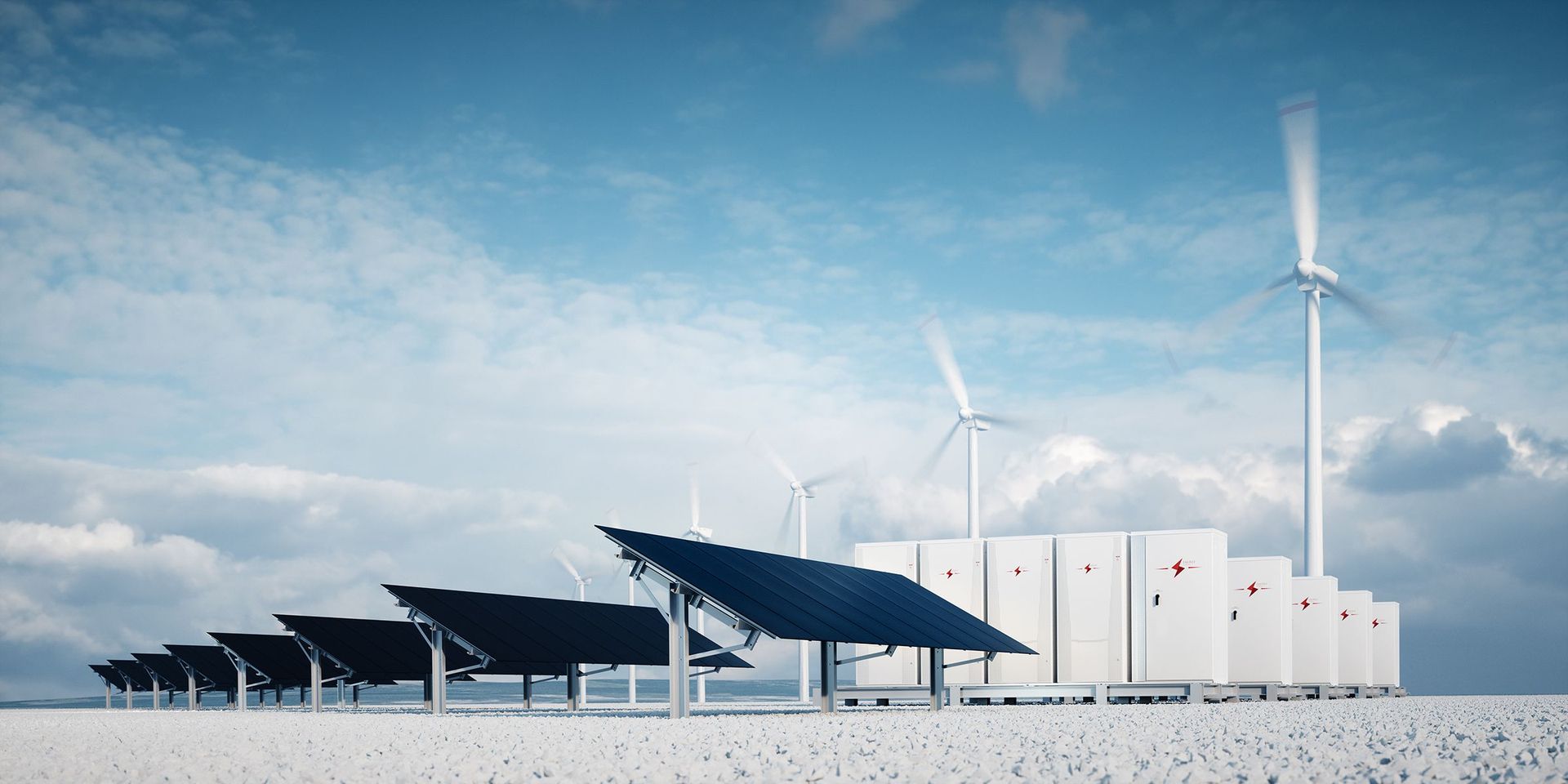How does intraday trading of electricity work?
Definition
Intraday power trading refers to continuous buying and selling of power at a power exchange that takes place on the same day as the power delivery. In Europe, the largest intraday power exchanges are the EPEX Spot (European Power Exchange Spot Market) in Paris and the Nord Pool. It can also take place in an OTC trade (over the counter), which means off-market contracts negotiated between power buyers and sellers. This is also known as the short-term wholesale power market, especially in contrast to long-term power trading on the power futures market.
How is intraday trading conducted?
The following paragraphs refer to the European EPEX Spot. Other intraday markets may have other trading terms. For a list of power trading markets worldwide, please visit our global list of energy exchanges.
Short-term power trading generally refers to trading power in quarter-hour or one-hour intervals, although trading larger intervals is also possible. Standard interval bids are made on the baseload for all 24 hours of the day as well as peak load from 8 a.m. to 8 p.m. on workdays (Monday through Friday). Trading in quarter-hour intervals – introduced at the EPEX Spot in December 2011 – is the biggest hallmark of intraday trading. A position can be traded up to 30 minutes prior to delivery. For example: If a trader wants to purchase 20 MWh for the 15-minute interval from 4-4:15 in the afternoon and finds a seller willing to supply the required amount of power, the deal must be closed by 3:30 p.m.
Lead times and intraday trading procedure
Over the years, lead times for intraday trading have gotten shorter and shorter. For example, for trading within Germany, the lead time for each quarter-hour interval was reduced from 45 to 30 minutes on 16 July 2015. This has since been reduced to just five minutes in Germany. Lead times in Austria have come down from 75 minutes and are now 30 minutes prior to delivery. The EPEX spot market says this was caused by increased feed-in from fluctuating energy sources that make feed-in forecasting more difficult. To make portfolio management simpler, power traders were given the ability to trade with shorter lead times.
Intraday trading at the EPEX Spot opens at 3 p.m. on the previous day. This marks the start of continuous trading of hourly products and, since 9 December 2014, the opening auction of quarter-hour products. At the conclusion of the auction, quarter-hour products for the next day can be continuously traded from 4 p.m. The smallest tradable unit on the intraday market is 0.1 MW, which is the same minimum as the day-ahead market. The price of one megawatt-hour can range from -9,999 to 9,999 euros. As with day-ahead trading, intraday trading is anonymous and takes place on every day of the year. Power generated from conventional and renewable sources are treated the same and are traded without certificates of origin.
One main difference to day-ahead trading is the pricing on the intraday market. While day-ahead trades are related to market clearing price principles, where the last accepted bid sets the price for all transactions, the prices in intraday trading are set in a "pay-as-bid" process. This means prices are assessed in continuous trading based on each transaction that is completed.
This is why bid prices are often used in intraday trading. The result is that there are no fixed prices for products on the intraday market. It is much more common to have different prices for the same product depending on the time the trade occurs.
Since July 2018, quarter-hour blocks can also be traded on the EPEX Spot. According to statements from EPEX Spot, traders welcome the introduction of the block orders because it provides opportunities for arbitrage between the intraday and day-ahead auctions. In the future, it is theoretically possible that the currently rigid blocks will become more flexible and that larger and more intelligently-designed blocks will be possible.

The meaning of intraday trade
Intraday trading exists primarily to limit shortfalls or surpluses in an entity's own balancing group as much as possible through short-term, same-day trading activity. This helps meet forecasting commitments in balancing group contracts and reduce potential imbalance costs. Power assets are becoming increasingly flexible, and day trading is also useful for using these assets to quickly produce power based on demand. This also maximizes profit and stability within the system.
Intraday trading is particularly useful for adjusting to unforeseen changes in power production and consumption by putting market mechanism to use before control reserves become necessary. This allows a power plant operator who suddenly loses production in a single block to buy additional power from other participants on the market and maintain the balancing group. Intraday trading is therefore a key component for direct marketing of power produced by renewable energies when quickly-changing weather forecasts result in an unplanned shortfall or surplus of power from solar or wind power plants.
More information
XBID: European intraday trading
Cross-border intraday trading was introduced on 12 June 2018 between the following countries: Austria, Belgium, Denmark, Estonia, Finland, France, Germany, Latvia, Lithuania, the Netherlands, Norway, Portugal, Spain, and Sweden. Through Single Intraday Coupling (SIDC), the following countries were also added in recent years: Bulgaria, Croatia, Czech Republic, Hungary, Poland, Romania, Slovenia, Italy, Greece, Slovakia. Known as XBID, harmonized trading systems can coordinate bids from market players in the participating countries and conduct same-day trades across borders, assuming there is sufficient availability of cross-border transmission capacity.
XBID is essentially a common IT system consisting of a standard order book (SOB), a capacity management module (CMM), and a shipping module (SM), which also serves as a technical solution for the SIDC. The standards are mandatory for all participants. In accordance to guidelines set by the EU, the project aims to increase efficiency and reaction times on the integrated intraday market. With XBID, market participants gain the ability to balance their balancing groups across Europe, leading to lower balancing costs. XBID partners include the EPEX SPOT, GME, Nord Pool, and OMIE power exchanges and the transmission system operators of the participating countries.
Disclaimer: Next Kraftwerke does not take any responsibility for the completeness, accuracy and actuality of the information provided. This article is for information purposes only and does not replace individual legal advice.


